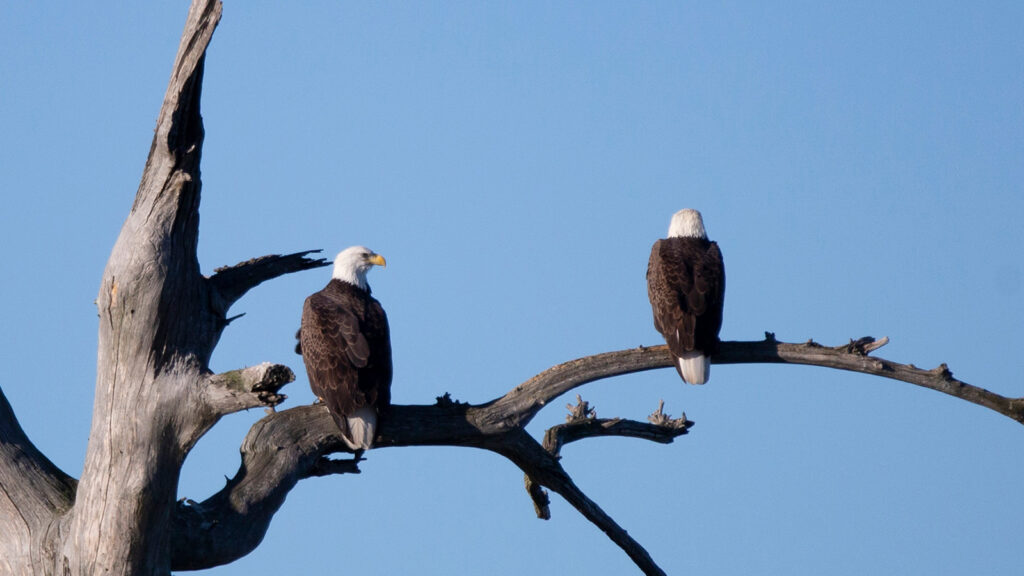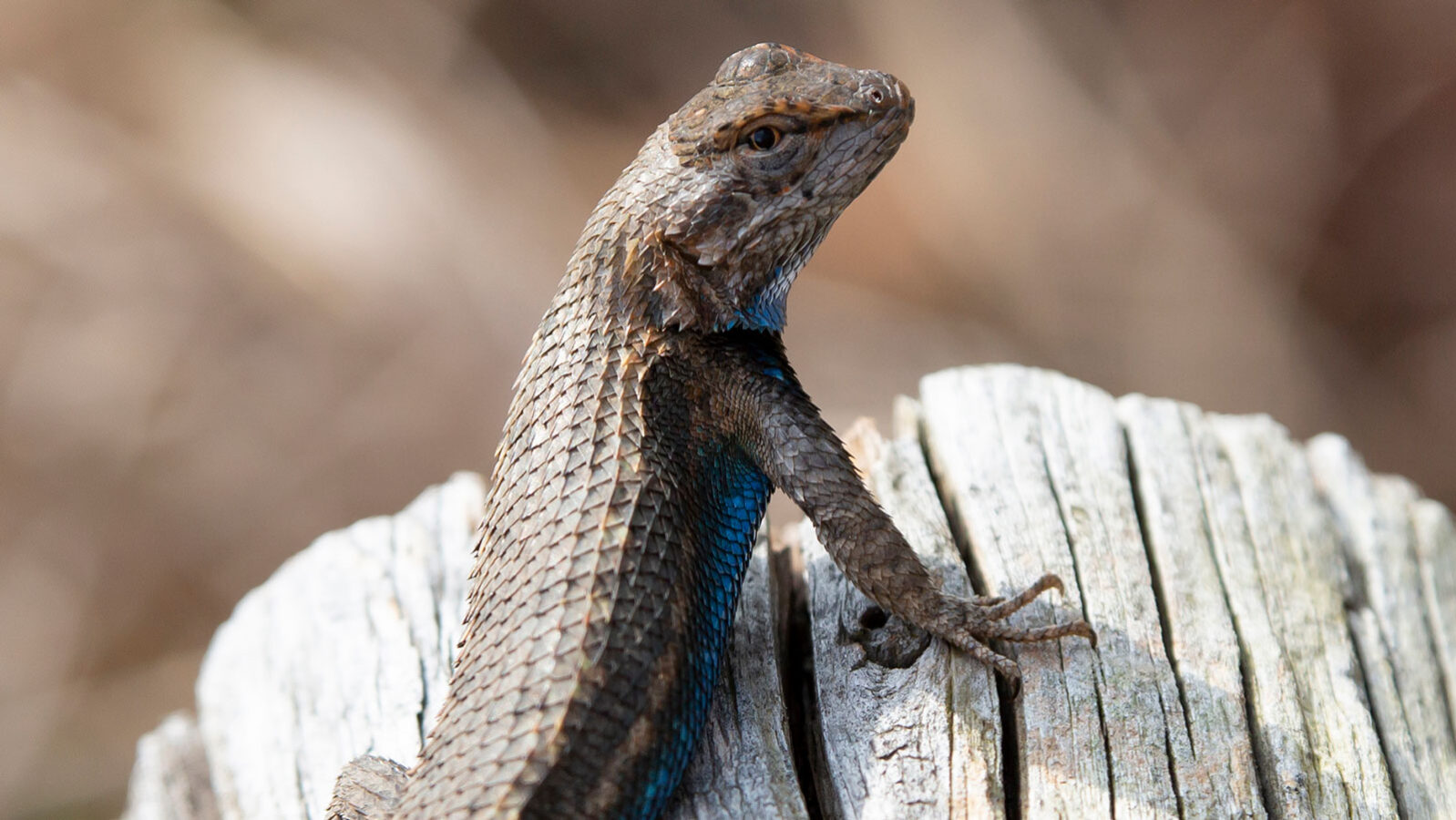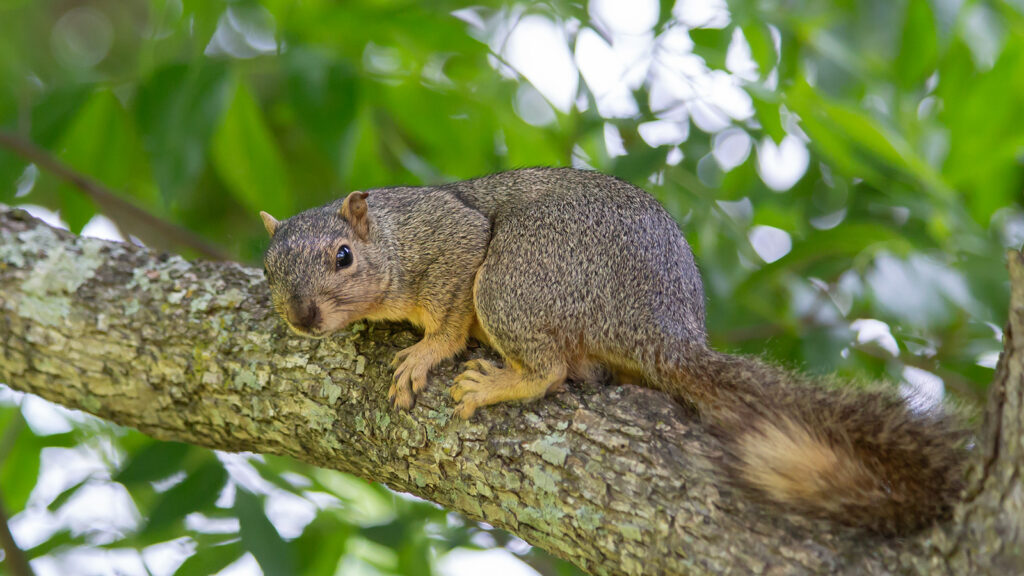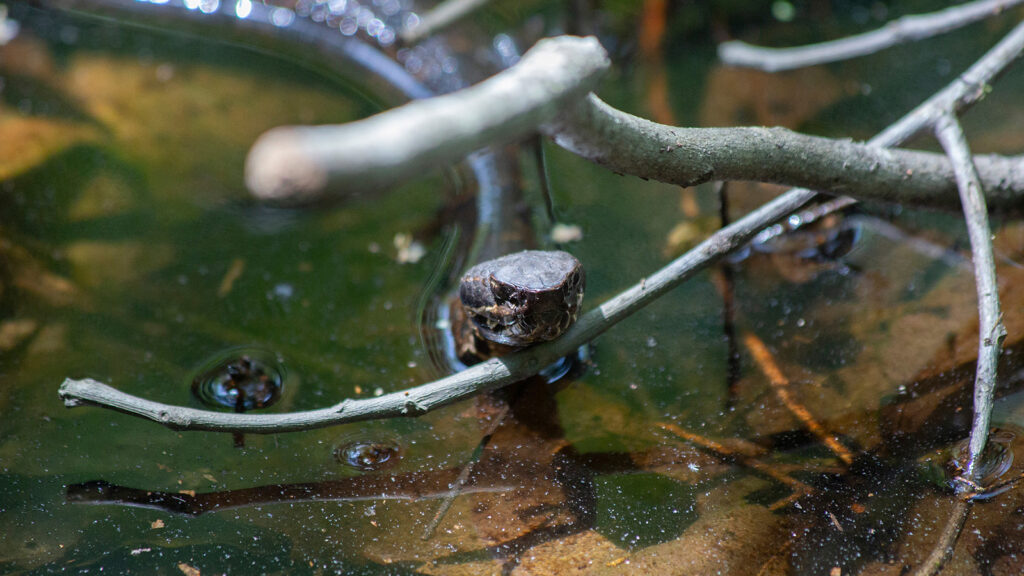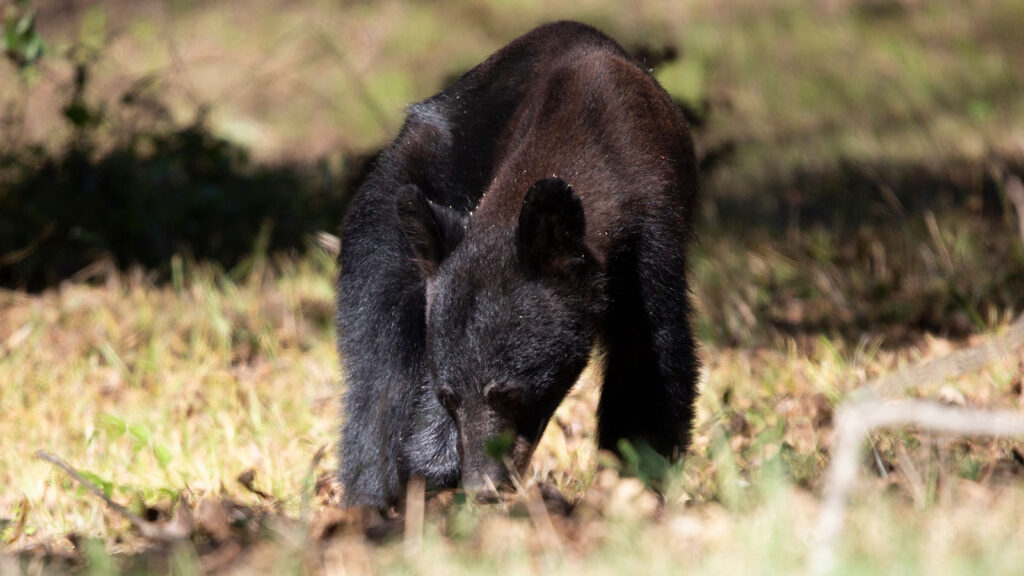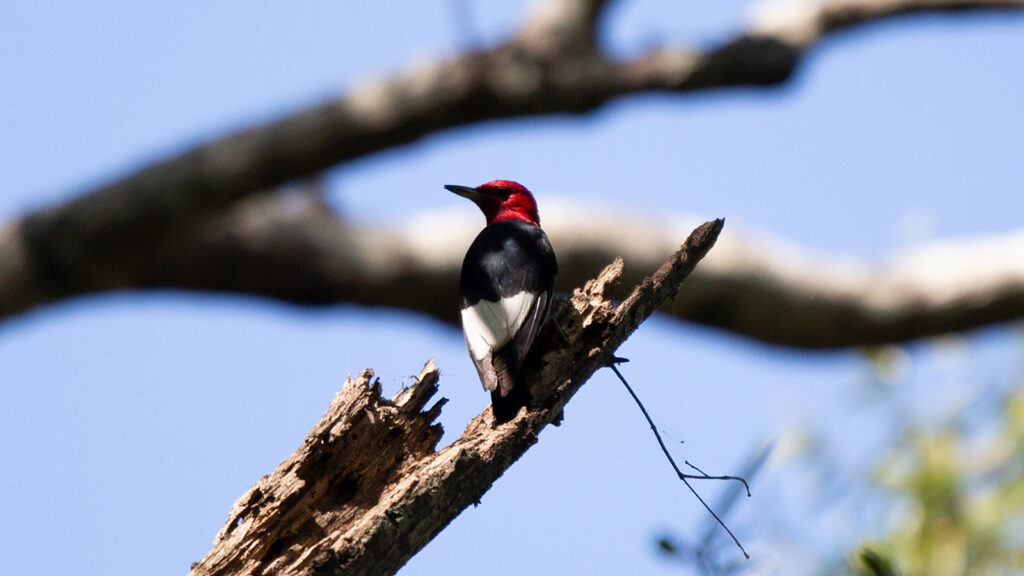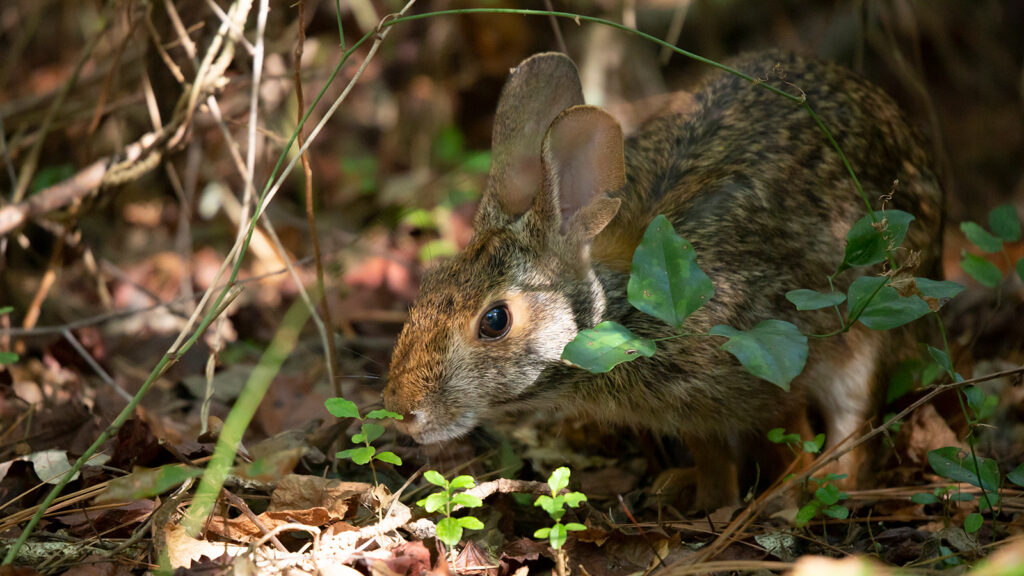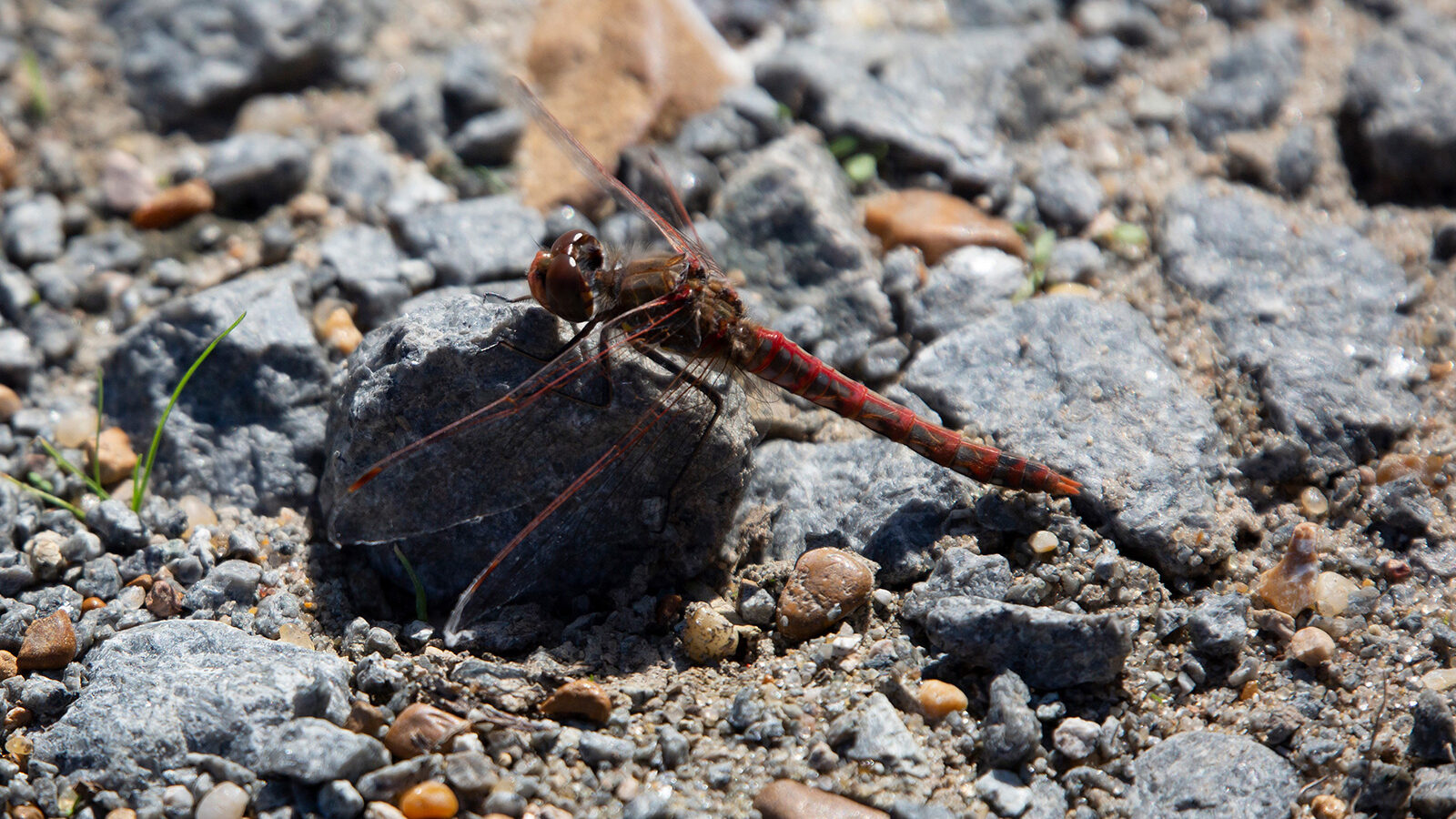North Louisiana Wildlife Photography Code
At North Louisiana Wildlife, we work to maintain the well-being of our wild neighbors. While we enjoy getting a well-framed photo, the safety of the animals we’re visiting is always our top priority. To that end, we do our best to follow the rules of ethical wildlife observation and photography as defined by the Audubon Society and the North American Nature Photography Association. Following these rules helps us produce accurate photos while also preventing hurting an animal or ourselves.
You can read the North Louisiana Wildlife photography code here.
1. Never touch a wild animal.
This is our number one rule for a reason. Touching and posing wild animals is dangerous for both the animals, and it’s a good way to get bitten. Getting too close can cause a fight or flight defensive response, resulting in injury or an animal abandoning a nest or a food search. Also, getting too close can cause the animal to react defensively to other humans as well. This conditioned response can cause the animal to attack and put it in danger with other people. We give our wild friends plenty of space so they feel safe. This tactic not only prevents us from stressing the animal or getting bitten, it also encourages the animal to continue doing what they would be doing if we weren’t there.
2. Don’t bait or feed animals.
Baiting and feeding wildlife is another big no-no for us. Baiting and feeding wildlife presents two problems. It can alter animals’ hunting habits, and it can cause animals to adopt unhealthy eating habits. Baiting, or providing dead live animals to carinvores, or even feeding human foods to omnivores and herbivores, can cause animals to change their hunting and foraging habits and rely on humans for food.
A secondary problem from baiting and, particularly, feeding ominivores and herbivores is malnourishment. This problem is particularly bad with domestic ducks and geese who populate popular park lakes and ponds. Many people feed them bread, which is too sugary and provides no nutritional value. These birds then stop foraging for the plants and meat that help them stay healthy, and in the cases of ducklings, can prevent them from learning to forage at all.
3. Don’t flush animals or use calls.
Flushing, or intentionally startling an animal into bolting from what it’s doing, creates unnecessary stress on the startled animal. We wait (from a safe distance) for animals to migrate out of brush or off the water to get the photos. While this method sometimes backfires with the animal moving further away, it helps avoid stressing an animal likely to search for food or water. Along the same lines, we don’t use animal calls to attract an animal; this can cause the animal to expend valuable energy foraging, hunting, or defense.
4. Don’t use flash.
We never use flash in our outdoor photography. A sudden flash can startle an animal, altering its natural behavior, or worse temporarily blind it. Even at dusk and dawn, we use natural light for our photos. The one exception to this rule was an accidental flash on a glossy crayfish snake years ago.
5. Never remove leaves or limbs from around nests.
Birds and other nesting animals often choose sites that are hidden from predatory and parasitic animals, which is why we shoot nests as they are. We never remove limbs or leaves from in front of a nest, as that would potentially make the nest visible to predators who would eat the eggs or chicks and to parasitic birds like cowbirds that will replace the eggs from the nest with their own eggs.
Moving foliage around nests may also upset the nesting animal into leaving the nest and cause the eggs to lose the heat necessary for them to hatch. If we can’t photograph a nest from a safe distance through camouflage, then we move on.
6. Don’t destroy ground foliage.
Many animals rely on foliage, including wildflowers, for food and camouflage. Wildflowers are particularly important for the survival of bugs like honeybees. We avoid destroying vegetation by staying on marked paths, right of ways, and roads as much as possible. When we’re off marked paths, we stick to well-worn deer trails. Not only do they help us not destroy valuable habitat, but they often lead us closer to other animals who use the deer trails.
